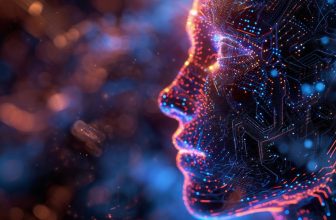
There is no doubt that Artificial Intelligence (AI) is playing and will continue to play an important role in teaching and learning. With AI, learning can be individualized, non-teaching work eliminated, and all processes can be improved in educational institutions.
Personalized learning is perhaps the most favorite place where the introduction of AI comes to education. Powered by AI, such platforms are able to assess the user-specific parameters for every learner – rate of learning, learner preference, achievements, etc. These parameters help in virtual adjustment of the curriculum and resources to fit every user. This level of individual attention to the students makes it possible for the students to learn at their own pace. This means that students are ensured of having a good grasp of the requisite basic knowledge before venturing into the more complicated materials. Thus, students who would have otherwise been left behind in a conventional classroom set up are given an opportunity to thrive.
Technologies such as intelligent tutoring systems are also increasing the engagement of the classroom with the use of AI. These systems can furnish appropriate feedback, answer queries, provide more teaching resources, without replacing the traditional modes of teaching. For example, an AI chatbot may help the learner with a homework question or help him or her understand a difficult subject, encouraging a more engaging and helpful educational experience.

As if this is not enough, AI is also assisting teachers in reducing the burden of non-teaching work, especially administrative duties. Automatic grading can be employed in marking assignments and tests which allows teachers some time to plan their lessons and attend to the students more. In addition, classroom-related data can be analyzed and such data will enable the educators to spot patterns and recognize the weaknesses allowing for improved measures of teaching that will achieve better results.






